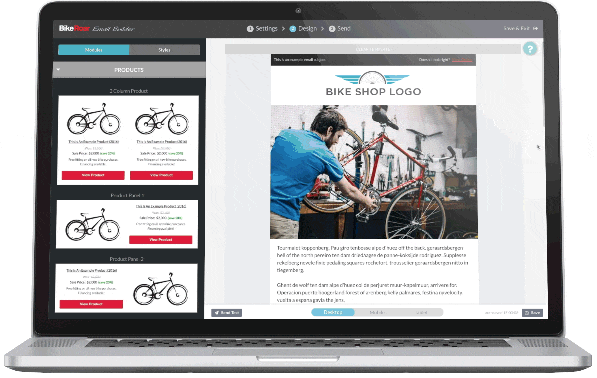
There have been better times to set up a bike shop, that’s for certain. The industry faces an array of unprecedented challenges as the digital age evolves at speed. But for many of us in the cycling world, the dream of working with bikes day to day stems from a deep rooted passion that won’t be extinguished simply by the notion that times are changing.
One argument is that change is to be embraced and the small business has the versatility to adapt to market changes, as many are.
Wisdom gained through experience carries immeasurable importance too. With that in mind CyclingIndustry.news has gathered together a pool of retailers managing a variety of bike retail businesses to hear their thoughts. Read on to learn from first hand experience about common mistakes, money saving tips and often overlooked costs.
DO the following things!
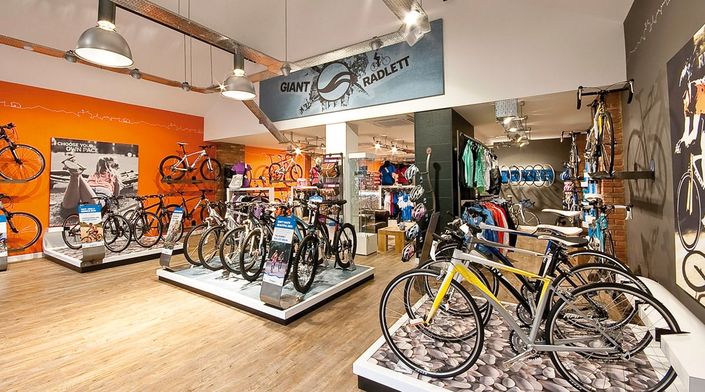
Mick Murphy, Mickey Cranks
- Take the time to write a comprehensive business plan. You will learn a lot about the industry you are about to embark into. Work out your potential target market, margins, overheads and produce a financial forecast. Only then will you know whether you have a potentially profitable business.
- Brand and logo are really important as they are the public representation of your business. Take a lot of time over this and ensure you can secure your .com and country specific URLs. Build your brand by producing and executing a marketing plan and this should be updated at least once a year.
- Forget about competing online. Put your efforts into building a community around your shop (we have been lucky enough to gain a mention in the Mintel report this year for this very thing), deliver first class service and after sales and concentrate on the customers that appreciate this.
Ruth Hargreaves, JD Tandems
- Take new staff on a trial basis and get rid of them if you are not completely satisfied with them.
- Treat every customer as though they are your only customer and deliver outstanding customer service in all aspects of the business at all times.
- Make a decision as to the direction you are taking the business and make decisions consistent with that direction.
- Try to find a niche.
Emma Ramsdale, Kinetic Cycles

- Make sure you have a back up method of taking money when (not if) the card machine breaks!
- You absolutely need a stock control system. Research these thoroughly, but don’t overspend. Some suppliers provide one, a potential cost saving right away.
- Do make an effort with your point of sale. Keep it both relevant and fresh. If you’re selling clothing, don’t underestimate the power of a mannequin.
- You need more space than you think you’ll need. If you’ve two properties to choose from and one is slightly larger, pick that one. It’s better to have a shop that looks slightly sparse in the beginning than immediately be struggling for space.
- Factor in whether you need a music licence and any other unforeseen costs.
- Look at the pros and cons of installing shutters. Will the reduced insurance cost eventually cover that of the shutters? Be aware of local authority rules on shutters as some districts prevent businesses from installing these in order to maintain the “look” of the area.
- Get a marketing plan in place before you open. Tell people you are opening and build some hype. Social media is free, make the most of it and build a community. Go out, meet your customers at events. Putting a face to the shop brand is essential.
- Parking is another scenario worth considering in opening your shop. Are people likely to park outside you premises without shopping with you and how can you combat this? Do you require signs to warn customers of potential parking restrictions outside the store and if so, are there restrictions on putting these up?
Steve Barnett, Cycling On, Lancashire
- A bike shop is a small retail business that happens to deal in cycles and cycle related matters. My top tip before you embark is to get some business training. It might come from a formal course at a further education college, from practical experience in a shop, or even by getting help and input from a family member or friend whose business acumen you can trust.
Edd Littler, Edds Bikes, Stevenage
- First and foremost, read your lease agreements thoroughly when looking to rent a premises. You don’t want anyone coming in to tell you that you can’t sell bikes after you’ve committed £50k to a bike company.
- Embrace the internet too. Develop a good social media presence and make sure you reply to your email promptly. People have a short attention span these days.
- Think carefully about your opening hours. If you’re mostly catering for commuters you’ll never do well if you don’t open until 10am. Make yourself as available as possible and try to only turn away really awful repairs. Don’t be a snob, it’s all money after all.
Ben Thompson, CycleWorx
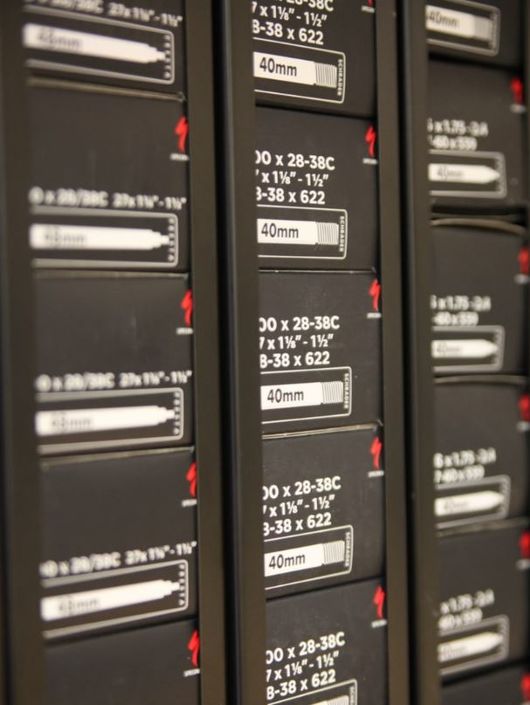
- Have an open mind. You need your business to be adaptable because your market might need to change suddenly.
- Be nice to everyone you meet, even through it’s hard at times. You never know if that annoying school kid has a rich father who might become a good customer.
- Do work your butt off to be better than that shop down the road. Attention to detail is everything when doing repairs.
- One of the things I find handy is to always have a box of inner tubes of random sizes, covering a broad range of bikes, even types of bikes you don’t specialise in. Say 12-inch kids bikes to 29ers. This keeps the general public happy and if it’s a customer who you may never see again it stops them telling their friends how useless your shop is because you didn’t have a brompton tube, even though you may only sell downhill bikes.
Ben Cooper, Kinetics, Glasgow
- Don’t be tempted by the special offer lists from suppliers – all that stock is cheap for a reason! It took me ages to shift all those purple brake boosters.
“Cotterpin”
- It is essential that anyone looking to start a cycle business researches the local area to establish potential. How many other cycle shops are there in the chosen area? What is the population within easy reach? Are wholesalers willing to supply a new business, or do they already have representation there? When I started I worked on the principle that a shop could make a living if there were at least 10,000 population per shop. However, I was buying a premises. If anyone is renting this would need to be altered according to how much rent/rates are.
Jon Askham, Kinetic Cycles
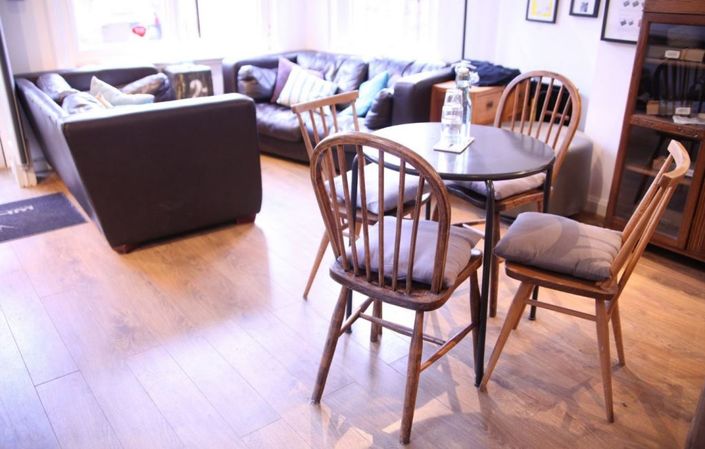
- Research the existing locale and customer base. Pay attention to censuses, and financial demographic data.
- Be flexible with products. Try and avoid being too one-dimensional.
- Create a good shopping experience. A modern bike shop should be a shop that actively encourages bike sales.
Alan, Garage Bikes
- Be prepared to work really, really hard in your first few years. Late nights will become the norm and forget about riding your bike. The customer, often incorrectly, will be king. In the beginning, every single bike that went through my stand got way more than it was booked in for (and to be honest we still often do more than invoiced for).
- Be helpful, passionate and polite. If you’re new to the industry go and work the spanners or try sales somewhere first to figure out exactly what you don’t know.
- This final point I really can’t stress enough. Never ever blag. If you don’t know, say you don’t know. Wrong information will bite you in the backside and ruin a carefully wrought reputation.
DON’T do these things!
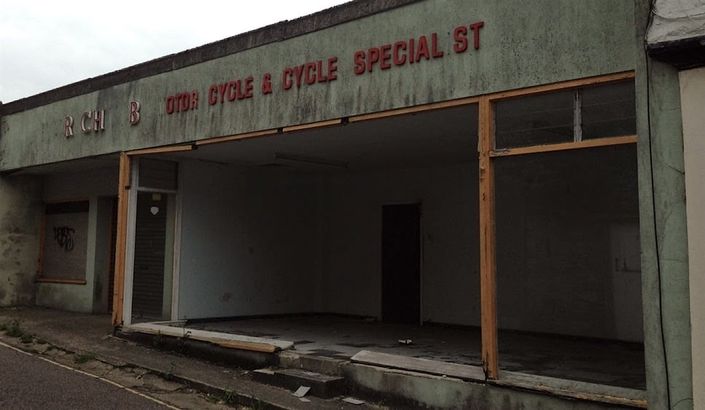
Edd Littler, Edds Bikes
- Don’t commit to brands no one has heard of. Obvious maybe, but nor should you commit to brands with a poor reputation in your locality – do you know which these are? Furthermore, don’t commit to brands that won’t help you get started.
- Finally, stop looking for that one person that can do everything for you. No one out there I’ve met excels at selling, fixing, cleaning, stock control and accounts. You need to invest well in the correct people for the job.
Mick Murphy, Mickey Cranks

- Don’t try to compete online, it is not a sustainable business model for an independent start up.
- Try not to fall into the discounting trap. Your staff may think they are only discounting by 10%, but in most cases this is 30% of your net margin, and could leave you with an operating loss. In today’s market, 10% discounting is not enough to drive increased sales. The big online stores are offering up to 50% in some cases.
- When you do your stock in, do not fill your store with bling carbon accessories. I received a great bit of advice from a friend in the trade who told me “Mick, no bike bike shop ever went out of business from having too many inner tubes”. Concentrate on consumable items, things that people have to try on, or require advice on, and link as many products to services as you possibly can.
- Work with distributors that work with you and ditch the ones that don’t appreciate this.
Ruth Hargreaves, JD Tandems
- Do not employ friends
- Don’t let paperwork pile up. Use a good accounting package and keep a regular check on your profit margin. Do not spend money on anything that isn’t essential.
Ben Thompson, CycleWorx
- It’s key not to buy just what you like as often the public might not share your likes. They’ll tell you different, but don’t listen to everything the sales reps say, most of them aren’t driven by helping you succeed. You don’t have to buy in to every deal they suggest. Remember you’re the customer and they have to work hard to get your money.
- Perhaps most importantly, don’t spend all your money, save whenever you can.
Jon Askham, Kinetic Cycles
- Do not give in to rep pressure. If you don’t feel a product is going to work for you, then don’t buy it.
- Certainly don’t be too niche, you might be alienating huge swathes of the market.
- Never over commit. Order stock levels you are comfortable with. Start as small as you need, then figure out your customers and grow from there.
Emma Ramsdale, Kinetic Cycles
- Don’t look to other bike shops for inspiration, look further. Research how the High Street giants make their displays engaging, there’s real science behind it.
- Don’t open in downtime. Open before the summer to give yourself the best fighting chance of a good start and time for sufficient marketing.
- Don’t make the mistake of not being aware of additional costs on waste disposal. If you're in the UK, are you in a BID area, does it have a levy? There are over 200 business improvement districts in the UK. To qualify, over 50% of the businesses and square footage of businesses must approve a BID. Has your local area campaigned for this? As long as 50% say yes, every business has to pay an agreed amount as determined by the BID.
- A BID commitment is based on a percentage of rateable value, not rate payable. It is an additional cost to take into account, but can be valuable. The flipside of paying in is that you have a pot of money raised in additional to local council funding to provide things like rangers who keep local businesses informed of local events, add security and more.
- Don’t order bins on the often standard long contracts without checking whether things like cardboard disposal may be included. Part of the commitment of our local BID is cardboard collection – as a bike shop that’s a huge boost and included in our BID pot. We didn’t know that prior to signing up, which was a cost we could have avoided!
- Similarly, we had an attempted break in. Gladly it failed, but the police took into account our prominent position in the town and installed three cameras free of charge locally. Before you agree a contract, push your luck, see what you can avoid paying for.
Other Useful Links
The Association of Cycle Traders (UK) details business plans, suppliers, training and more.
Costing the business, according to the NBDA’s Cost of Doing Business survey
Want to keep updated with more bike shop tips? Subscribe to BikeRoar's Cycling Trade Newsletter, and be sure to check out the awesome industry news from the team at CyclingIndustry.News.

RELATED ARTICLE:
Email Marketing: A Powerful Sales Weapon is Right at Your Fingertips!
Looking to make the most of your marketing? Maybe you should look closer at your emails BikeRoar shows you the potential in your email marketing for... READ MORE
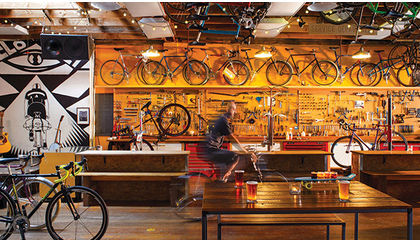
RELATED ARTICLE:
Hey Bike Shop Owner - Let’s Go for a Walk
Hey bike shop owner person. You and I need to go for a walk. I’d like to show you something you probably haven’t seen for a while; or quite possibly have never seen before. What is it? It’s your shop. The way your customers see it... READ MORE
